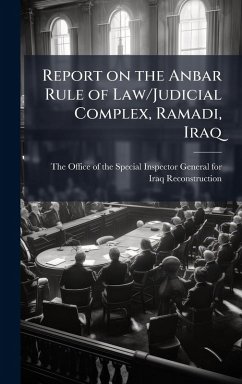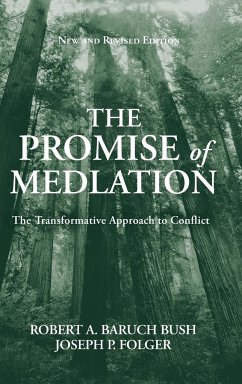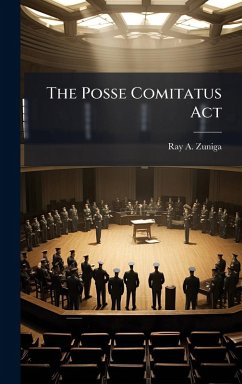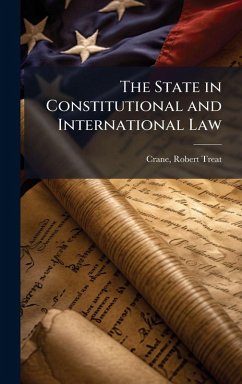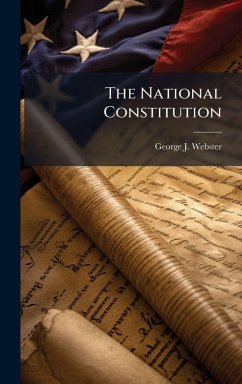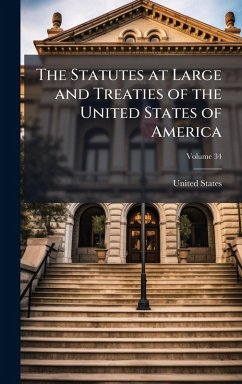
Negotiate Instead of Interrogate
Versandkostenfrei!
Versandfertig in über 4 Wochen
25,99 €
inkl. MwSt.
Weitere Ausgaben:

PAYBACK Punkte
13 °P sammeln!
This paper takes a look at the relationship between Reid's Technique of Interviewing and Interrogation and the theory of negotiations. During the last several years, interrogation is viewed in a negative light based on the incidents that occurred in Abu Gharib prison in Iraq and the alleged treatment of detainees in Guantanamo Bay, Cuba. This negative view created a negative connotation toward the word interrogation and prompted several policy changes within the Department of Defense. Negotiation, on the other hand, is something individuals do everyday and does not necessarily lend itself to a...
This paper takes a look at the relationship between Reid's Technique of Interviewing and Interrogation and the theory of negotiations. During the last several years, interrogation is viewed in a negative light based on the incidents that occurred in Abu Gharib prison in Iraq and the alleged treatment of detainees in Guantanamo Bay, Cuba. This negative view created a negative connotation toward the word interrogation and prompted several policy changes within the Department of Defense. Negotiation, on the other hand, is something individuals do everyday and does not necessarily lend itself to a negative connotation. Negotiation and interrogation transactions take place everyday--on and off the battlefield and in and out of the boardroom. Negotiation and interrogation share several common themes and through a methodic approach, this paper highlights the commonalities between negotiation and interrogation. This paper analyzes the Reid Technique of interrogation and highlights the underlining negotiation theme throughout each step in the process. In the end, the two techniques share so many commonalities a negotiation style approach could be incorporated into interrogation techniques and make them for effective. This work has been selected by scholars as being culturally important, and is part of the knowledge base of civilization as we know it. This work was reproduced from the original artifact, and remains as true to the original work as possible. Therefore, you will see the original copyright references, library stamps (as most of these works have been housed in our most important libraries around the world), and other notations in the work. This work is in the public domain in the United States of America, and possibly other nations. Within the United States, you may freely copy and distribute this work, as no entity (individual or corporate) has a copyright on the body of the work. As a reproduction of a historical artifact, this work may contain missing or blurred pages, poor pictures, errant marks, etc. Scholars believe, and we concur, that this work is important enough to be preserved, reproduced, and made generally available to the public. We appreciate your support of the preservation process, and thank you for being an important part of keeping this knowledge alive and relevant.





